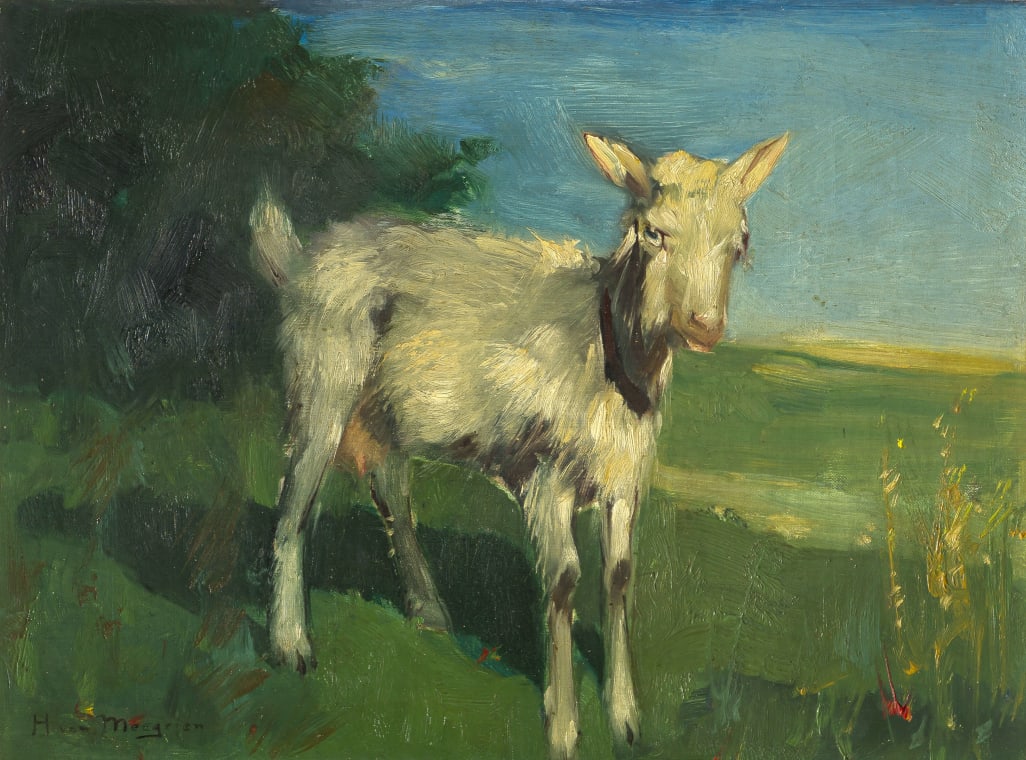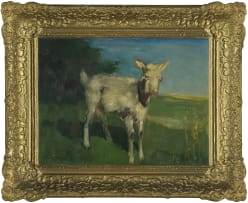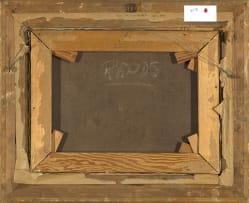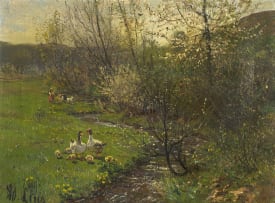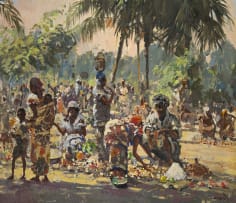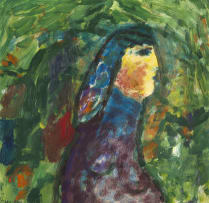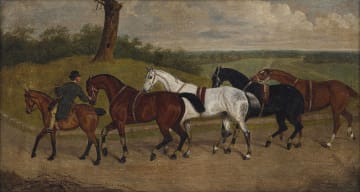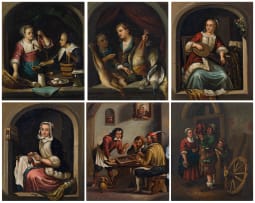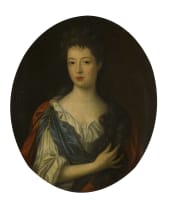Transcending Boundaries: International Modern and Contemporary Art
Live Virtual Auction, 25 October 2023
International Modern and Contemporary Art
Incl. Buyer's Premium & VAT
About this Item
signed; inscribed with the artist's name on the reverse
Notes
Han van Meegeren was a Dutch painter and portraitist born in Deventer, Netherlands in 1889. Van Meegeren showed a talent for art during school, where his teacher Bartus Korteling introduced him to Johannes Vermeer's painting techniques. In 1907, his father pushed him to study architecture at the Delft University of Technology, during which he designed a boathouse for his rowing club. In 1913, he won a gold medal for a study of a church interior done in a seventeenth-century artistic style. After working as an assistant to the Professor of Drawing and Art History until 1917, he launched his career as an artist. That year was his first exhibition at the Kunstzaal Picture in The Hague. In 1919, he became a member of an exclusive society of artists and writers called the Haagse Kunstkring.
In the late 1920s, however, van Meegeren became disillusioned with his status in the art world. Convinced his talent would never fully be recognised, in the early 1930s, he began experimenting and developing techniques that would lead to him becoming a notorious forger of Dutch master artworks. He successfully forged paintings in the style of Frans Hals, Gerard ter Borch, Pieter de Hooch, and Vermeer, which made him a fortune - equivalent to tens of thousands of dollars today. After World War II, though, his scheme was uncovered when Allied forces found Christ and the Woman Taken in Adultery by Vermeer in the collection of Nazi Hermann Göring and traced it back to van Meegeren. With this discovery, van Meegeren faced charges of collaboration with the Nazis. Therefore, he confessed to this and other counterfeits, even painting a new forgery under observation to prove his claim. Van Meegeren was sentenced to a year in prison for his hoax but died two months later of heart failure. His legacy is complicated; he was a masterful forger who grew rich from his schemes, but he also tricked a Nazi (Göring) into trading 137 looted paintings for a forged Vermeer, theoretically saving these invaluable cultural treasures.
Provenance
The Property of a Collector.
